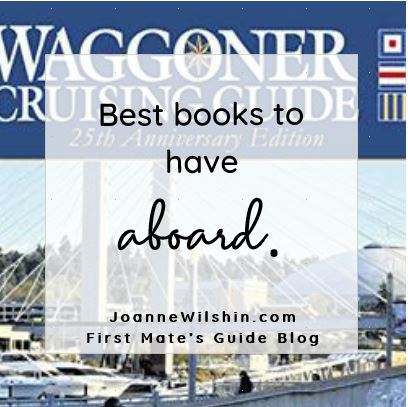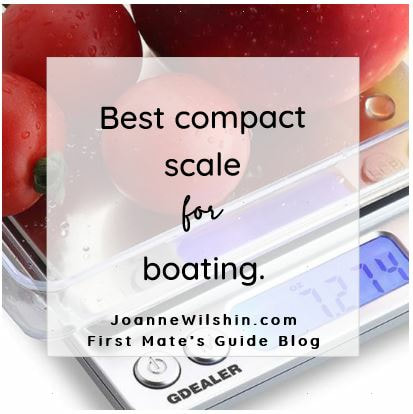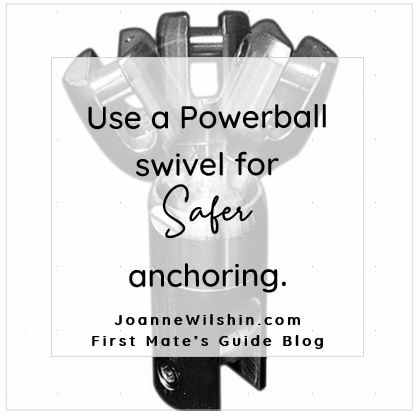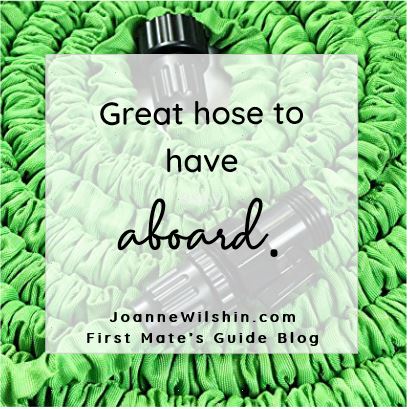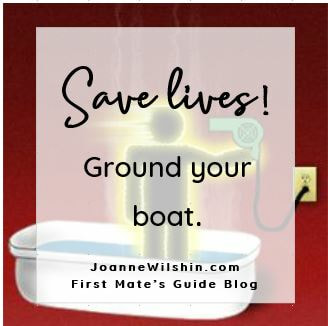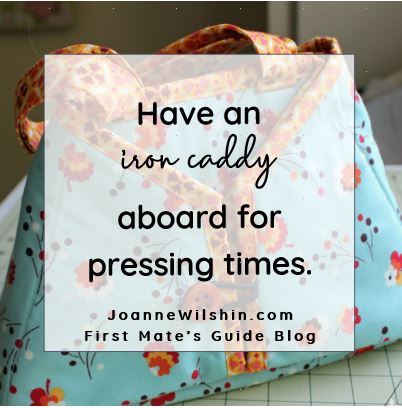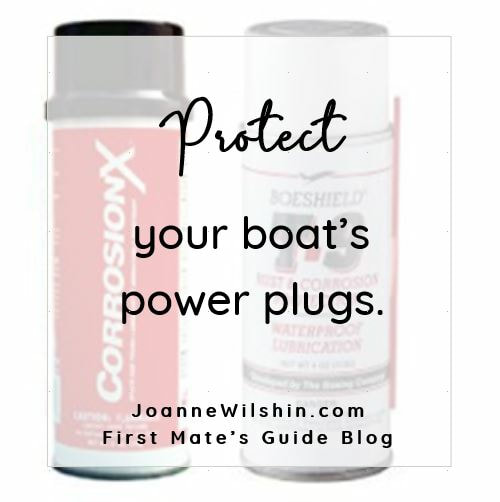Choosing a Good Anchorage.
Dropping and Securing Your Anchor.
Anchor Watch
Weighing Anchor
Some Extra Info.
Practical Boat Owner: Anchoring: 6 Tips for tricky situations
Anchoring Etiquette: The unwritten “Rules of the Rode”
0 Comments
Leave a Reply. |
I'm Joanne Wilshin
Before moving to Washington State, Joanne Wilshin cruised the off-shore waters of Southern California, the Sea of Cortez, and the Chesapeake Bay. Since moving to the Pacific Northwest, she and her husband Dave have cruised their boat L’Esprit more that five thousand miles in the Inside Passage, including SE Alaska. The Wilshins are members of Fidalgo Yacht Club, a learned and adventurous group of cruisers. Archives
March 2020
Categories
All
|
|
Copyright 2015, Joanne Rodasta Wilshin. All rights reserved. 519 Commercial, #1942, Anacortes, WA 98221
|








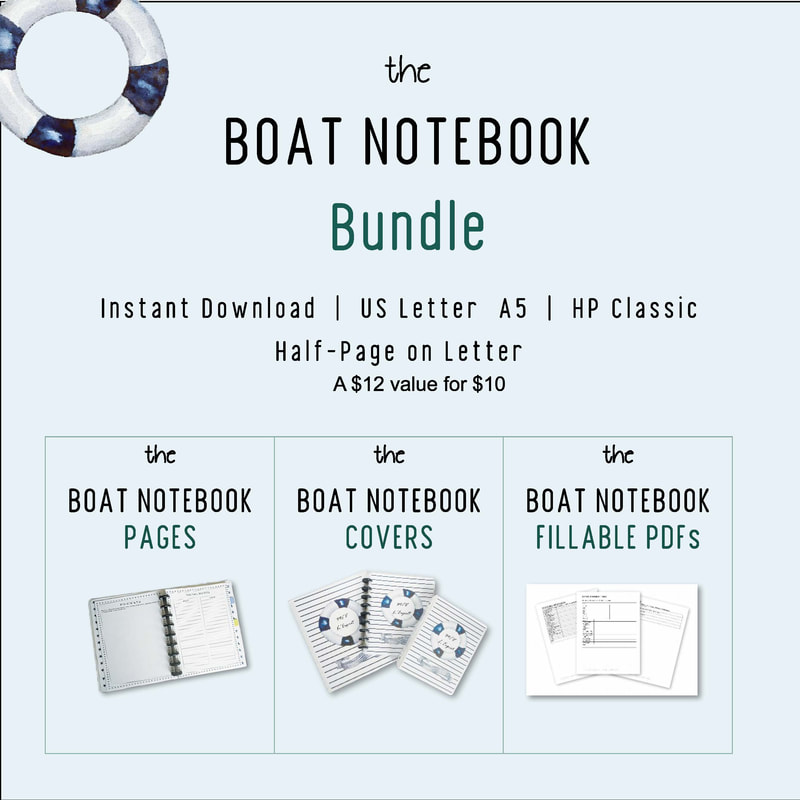

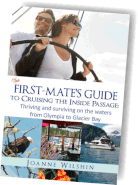
 RSS Feed
RSS Feed

